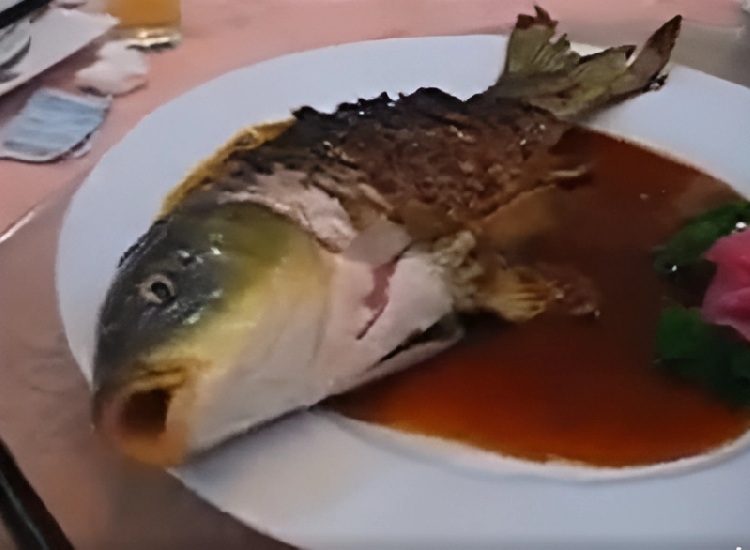The Yin Yang Fish Meal Is So Cruel that Even Chefs Refuse to Serve It
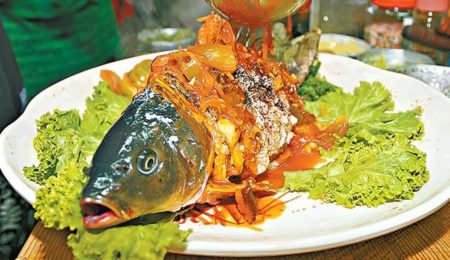
Human cuisine has drastically evolved around the world, taking on diverse forms and using exotic ingredients. Cultures have developed their unique dishes, ones that may not seem as appealing to those not from the region. Meals such as haggis, khash, and tripe may look delicious to some and off-putting to others. However, questions arise when the dish is truly bizarre, such as the Yin Yang fish food. This dish has become popular on the Internet for all the wrong reasons and is drawing the attention of not just foodies but also animal rights groups. But what is the yin yang fish meal, and what makes it so controversial? Let’s find out!
Table of Contents
Yin yang fish is a bizarre dish that is being called out on social media.
The dish is originally from the Sichuan Province in China and was introduced to Taiwan by a restaurateur in Chiayi city. Reports suggest it dates back 30 years to the fish-specialty restaurants in Taoyuan County, in Hunan Province.
The yin yang fish dish is also known as the “dead and alive fish†because of its signature characteristic. It involves cooking a fish so that it appears to be alive when brought to the table.
They use carp fish for this dish. The preparation involves descaling the fish to make the meat more accessible. By wrapping the head of the fish in a wet towel, the chef prevents it from cooking. The fish is then dipped into hot oil to use the rapid frying method to cook the meat. This method also ensures the head and eyes are not cooked, giving them a fresh appearance.
Chefs are strongly against serving the yin yang fish dish at their establishments, and netizens have labeled the dish as cruel.
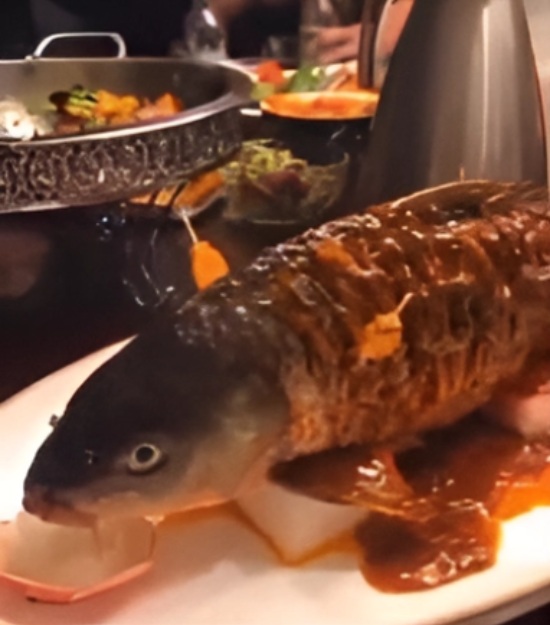
Once fried, the fish gets a generous coating of a sweet and sour sauce. When served, the staff puts on a show for the customer by dribbling some wine into the open mouth of the fish. This causes the mouth to move, giving the appearance of the fish being alive. The fish is dead, but some of its neurons are still active. By pouring alcohol into the mouth, these neurons get activated, leading to the twitching and closing of the mouth. It is the same process that makes lizard tails move and twitch, even after they have been cut off from the body.
Restaurants in Taoyuan County have said their chefs are unwilling to serve the ying yang fish dish. Not only do they find the practice cruel, but the chefs also say that it can turn away customers who find the display to be off-putting
Customers agree with the sentiment, as many who have seen the dish have described it as shocking and disgusting. One customer even went so far as to ask the Chiayi City government to ban serving the yin yang fish dish. The city authorities are of the same sentiment and have expressed their displeasure regarding this dish. When facing such criticism, the Chiayi restaurateur reportedly removed the dish from the menu.
While the yin yang fish meal is shocking, there are many other dishes that involve eating animals in strange ways!
1Ikizukuri is the Japanese way of eating raw, live fish.
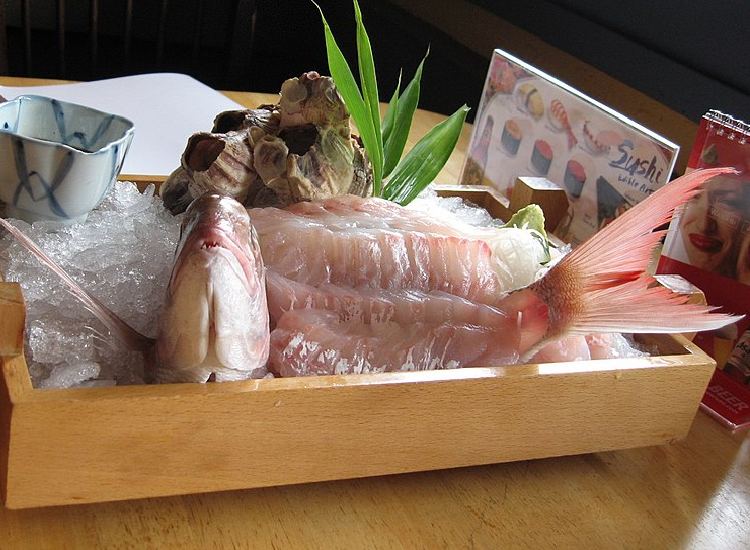
Japan is famous for sushi, a dish consisting of fresh raw fish, rice, and other condiments. But is it possible to have the fish be even fresher? That’s where ikizukuri comes in. Labeled the “freshest fish dish in the world,†it is typically prepared with fish, but the menu also extends to frogs, octopi, and crustaceans. Ikizukuri roughly translates to “prepared alive,†and the name is very accurate.
The fish are scaled and fileted while they are still alive, and the customer is served the animal in such a manner that they can still see the gills moving. Unlike the yin yang fish dish, ikizukuri has garnered much public support, with foodies claiming it is superior to regular sushi in terms of taste and freshness.
2Drunken shrimp involves drowning shrimp in copious amounts of alcohol.
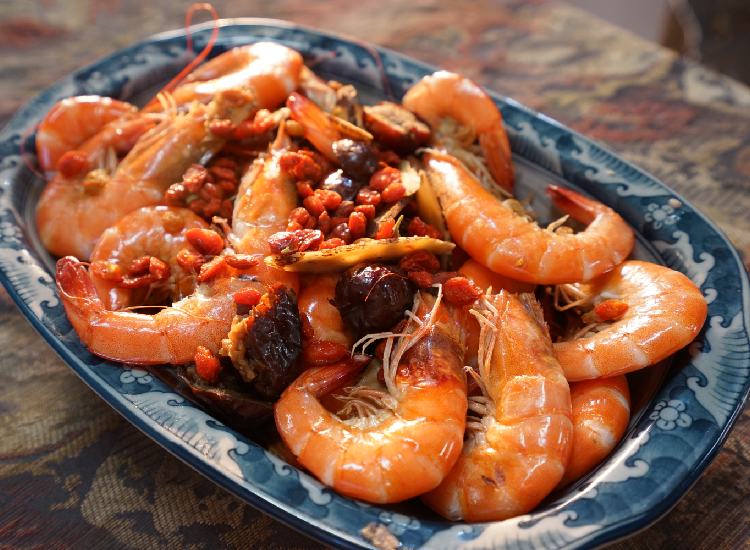
Like the yin yang fish dish, the drunken shrimp dish also comes from China. It can be found in several places across the country. Live freshwater shrimp are placed in a liquor-based sauce before they are consumed. When the dish is served, customers can see the shrimp swimming and jumping in the sauce.
They can begin eating once all the shrimp have stopped moving. Other styles of cooking the meal involve briefly boiling the shrimp before marinating them. The taste is described as rich, slightly briny, and subtly sweet.
3 San-nakji from Korea consists of eating a live octopus.Â
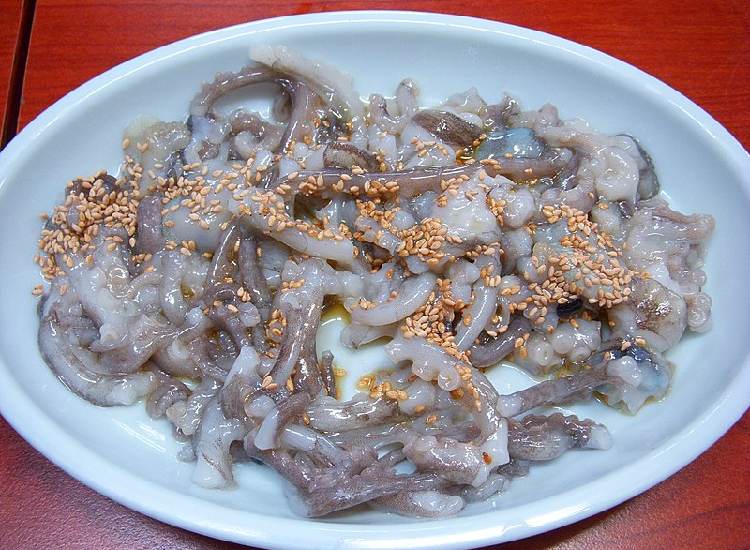
Also known as “wriggling octopus,†this live animal dish comes from Korea and is most commonly found in Seoul. The dish consists of a baby octopus that is served freshly sliced or, in some cases, eaten whole! The flavor is nothing to write home about and is very mild, but people enjoy this dish due to the slimy and chewy texture of the octopus. Some variations include adding sesame oil and seeds or even red chili paste for an extra kick.
This is also not the most harmless dish in the world. Approximately six people pass away annually from choking on san-nakji, as the suction cups on the octopus can cause it to get lodged in the throat.
4 Casu marzu is the “world’s most dangerous cheese.â€
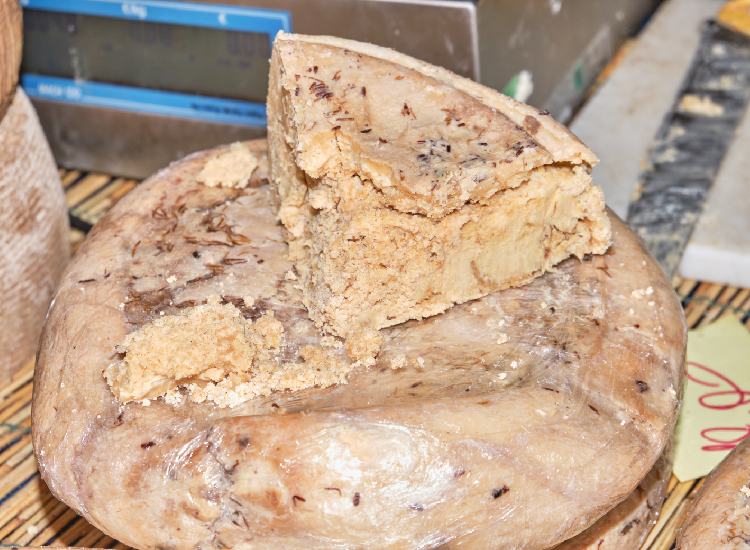
Casu marzu comes from the Italian island of Sardinia. In 2009, Guinness World Records named it the world’s “most dangerous†cheese due to its manner of preparation. Cheese skipper flies, Piophila casei, place their eggs in the cracks that form in cheese, and when the maggots hatch, they begin to eat and burrow into the product, digesting the proteins and creating a soft, creamy cheese.
Scooping out the cheese requires opening the top of the wheel, revealing the wriggling maggots inside. While some run the cheese through a centrifuge to mix the maggots into a cheese, others eat it the natural way. Health concerns People have raised health concerns regarding this as the maggots could survive being eaten and cause tears and perforations in the intestines. For this reason, this cheese is banned from commercial sale, but people still eat it on the island.
5 Diners cover their head to hide their sins when eating the ortolan bunting.

Also called a “sin plate,” this French dish became popular among the elites of northern Europe. The ortolan bunting songbird is captured before it migrates to Africa. Keeping the birds’ cages covered and feeding them around the clock results in them growing in weight substantially.
After drowning and marinating it in Armagnac brandy, it is plucked and roasted for ten minutes. The traditional way to eat ortolan bunting is in one bite to enjoy the savory flavors. Given the trials the bird undergoes to make such a dish, it’s clear why people prefer to hide their faces when consuming this sinful meal.














